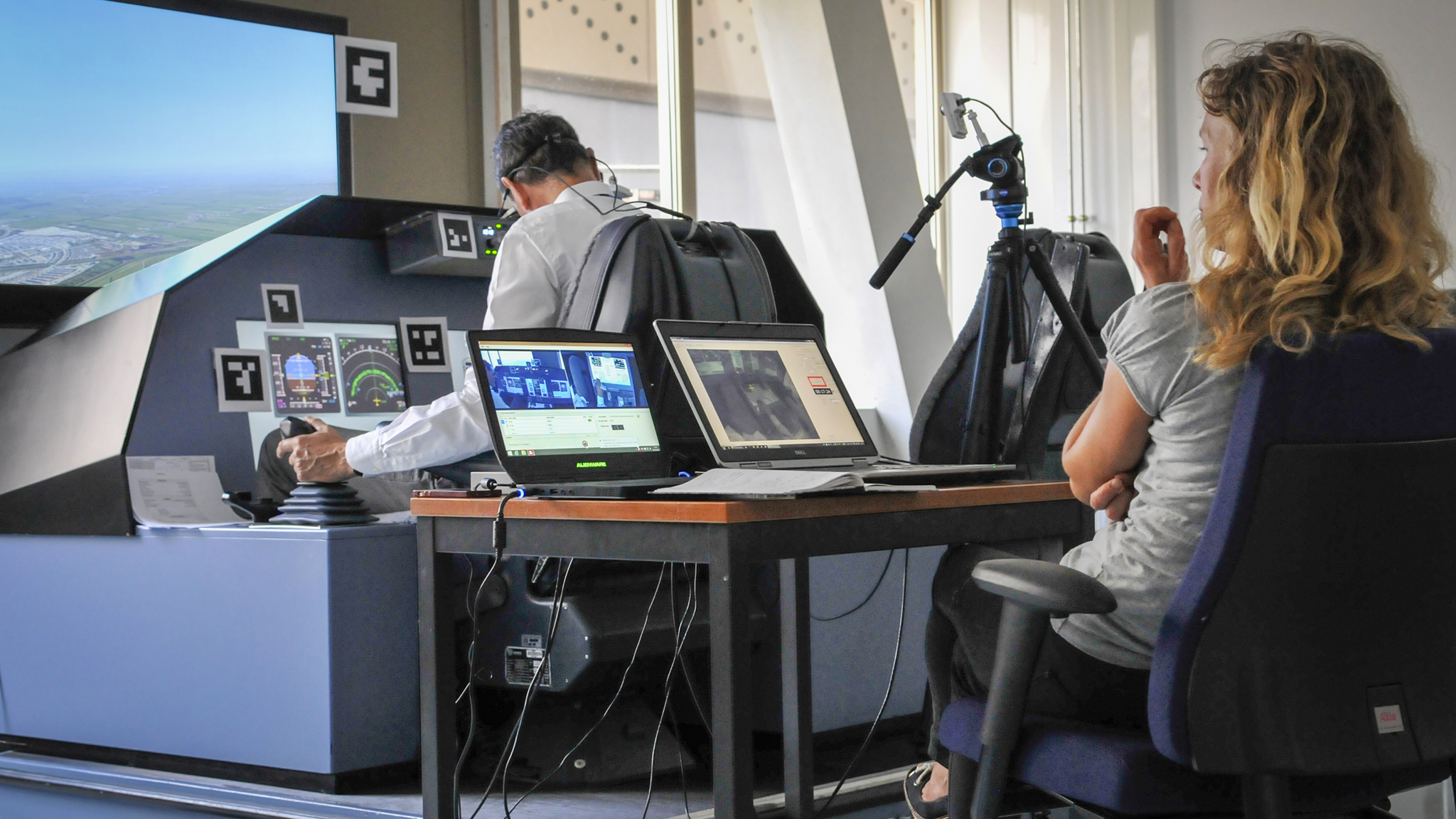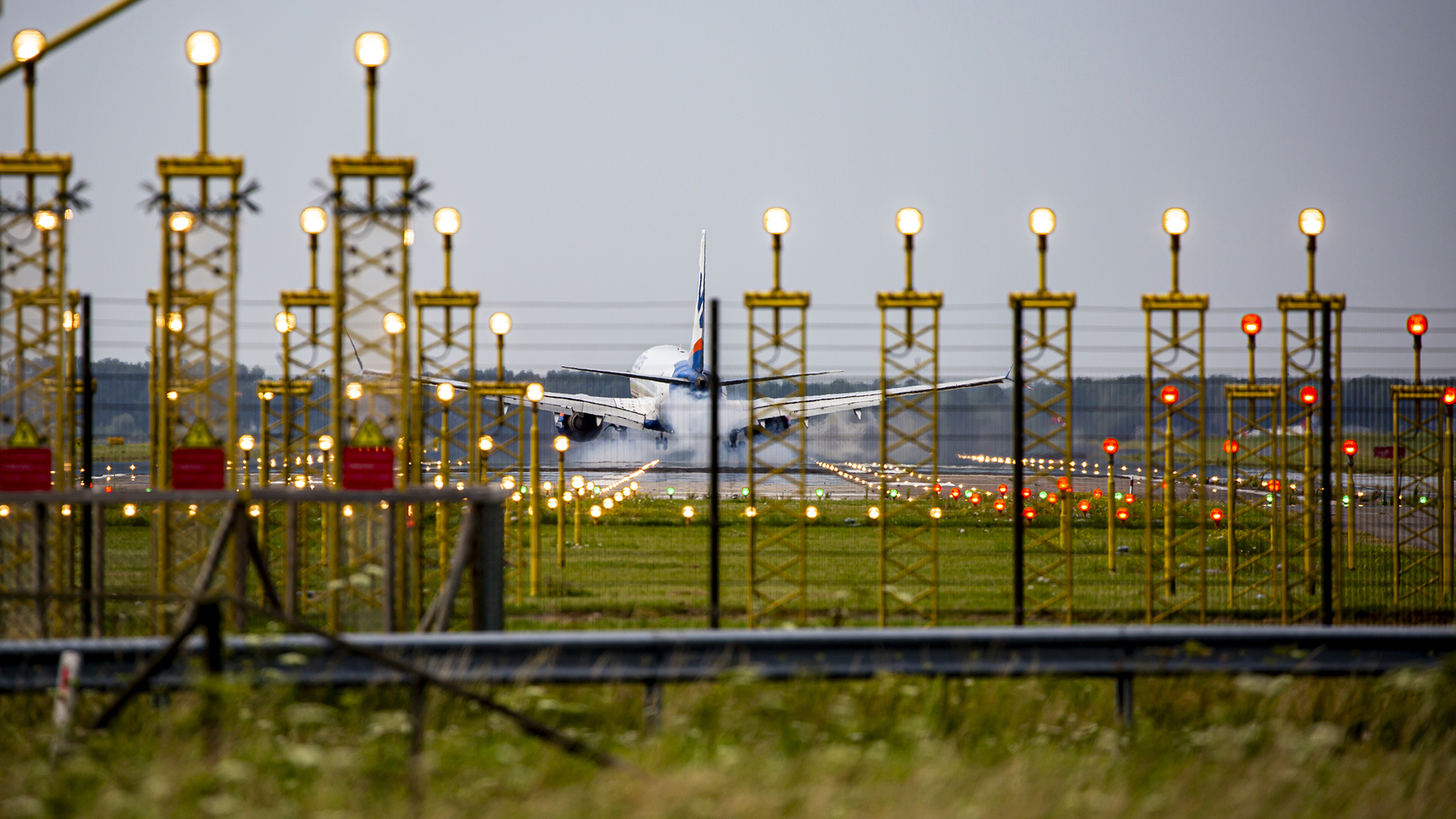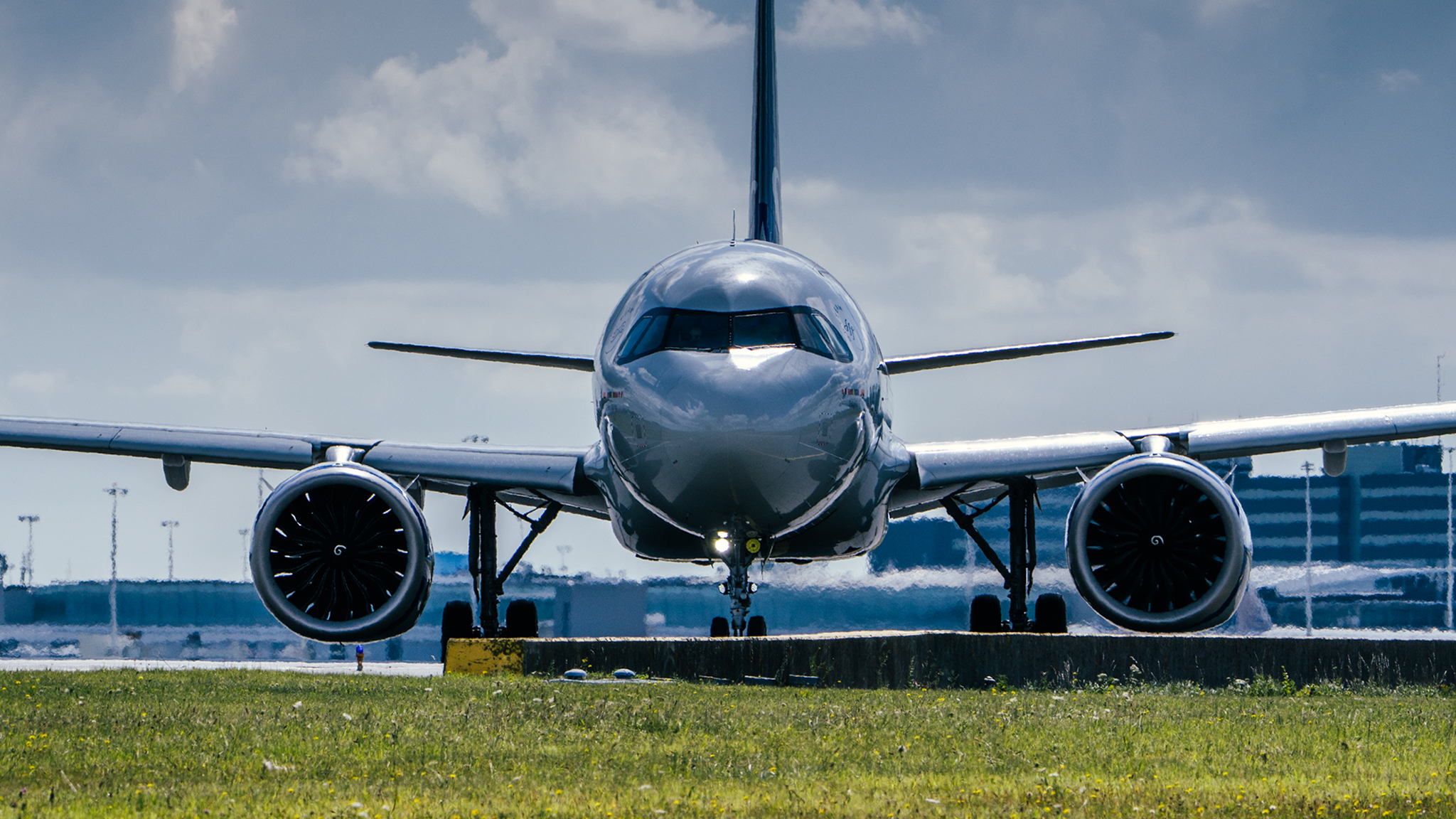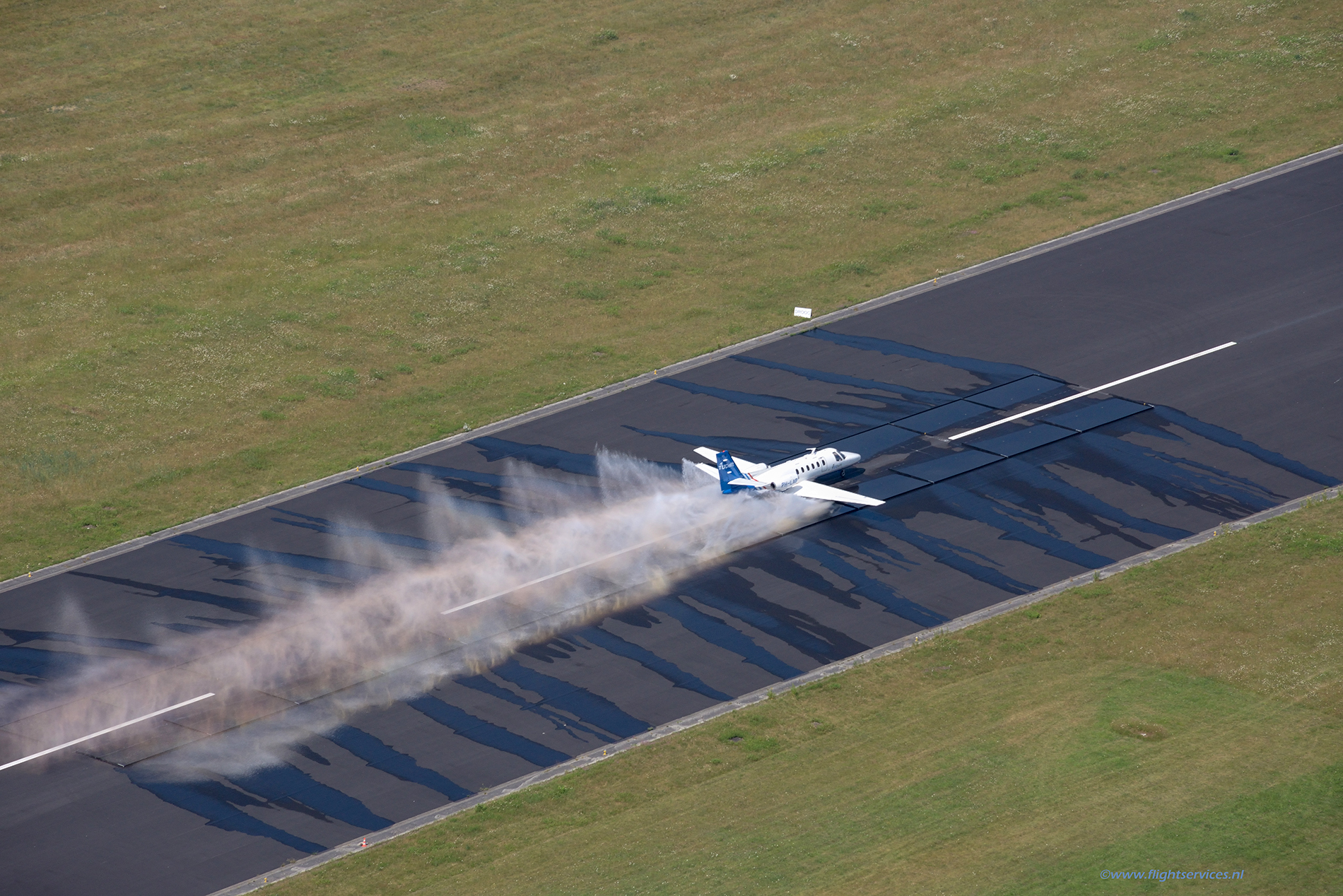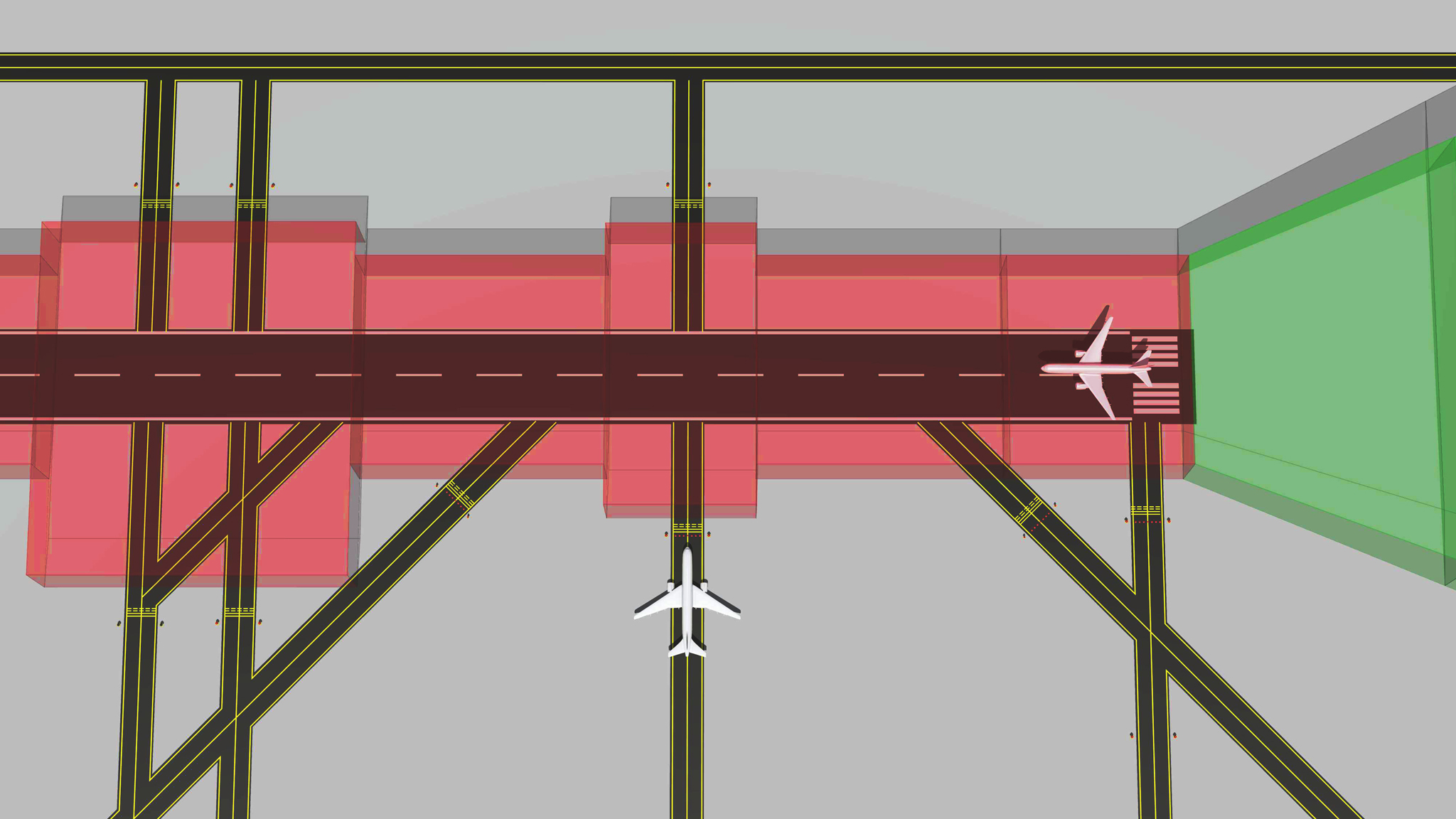
25 February 2025
Human machine interface design
NLR can support the development and optimisation of human machine interfaces (HMIs) for various aerospace applications, including flight instruments, dynamic traffic signs, air traffic controller support tools, and virtual- or augmented reality based training tools. Whether it's designing a new HMI, evaluating an existing one, or updating and extending current systems, NLR can help integrate different data sources into one coherent and efficient tool. This enhances operator performance and safety.
